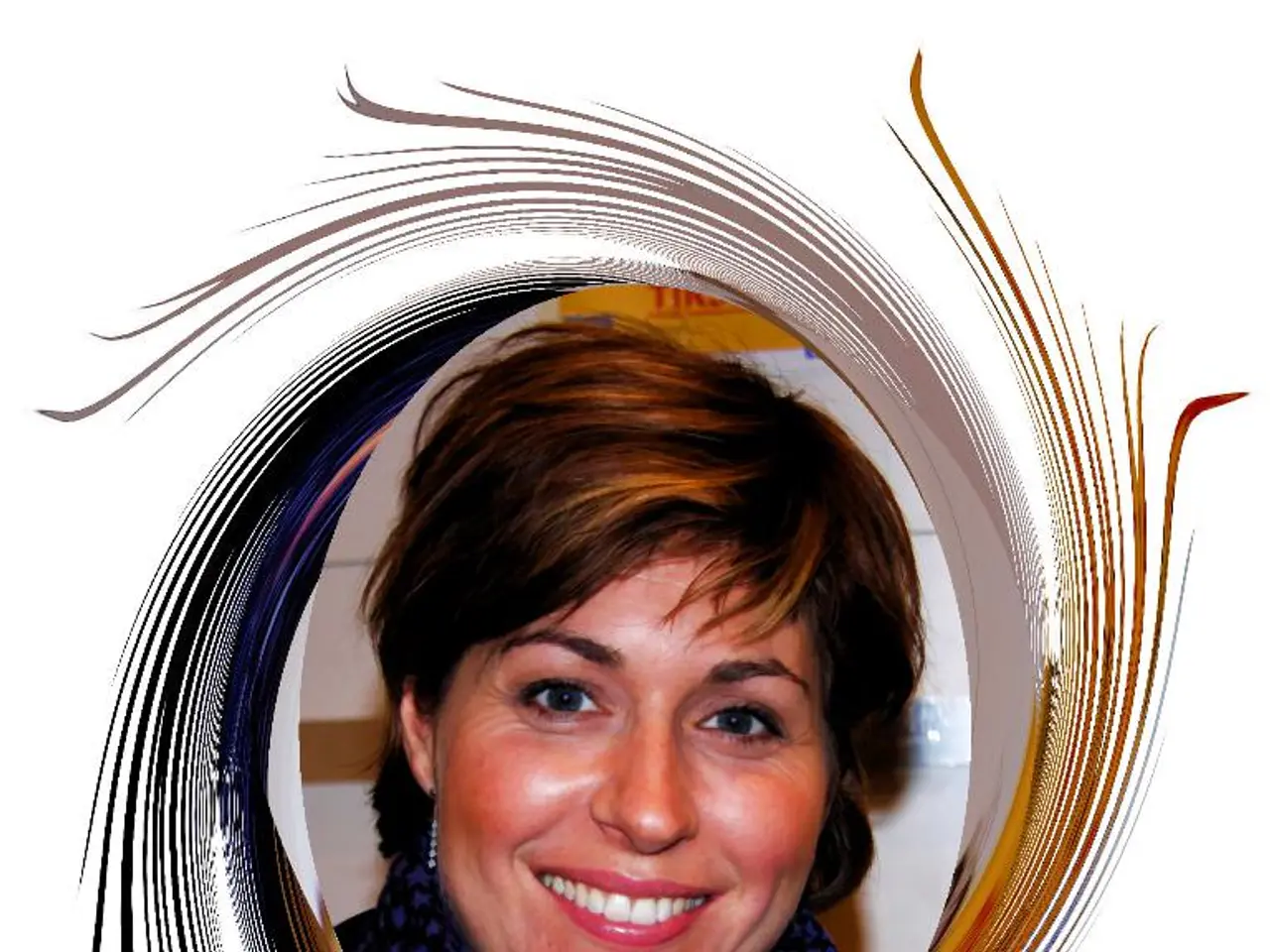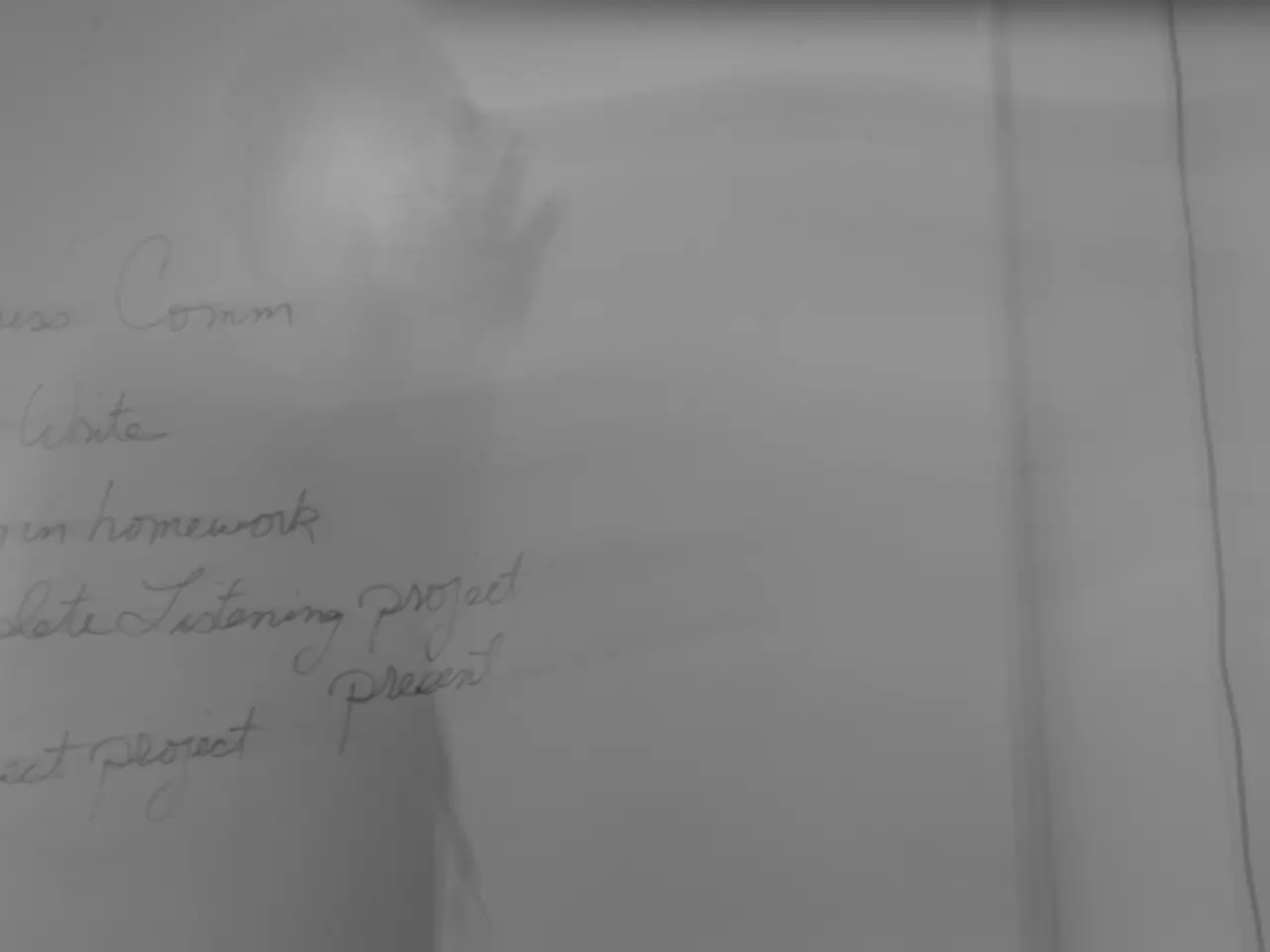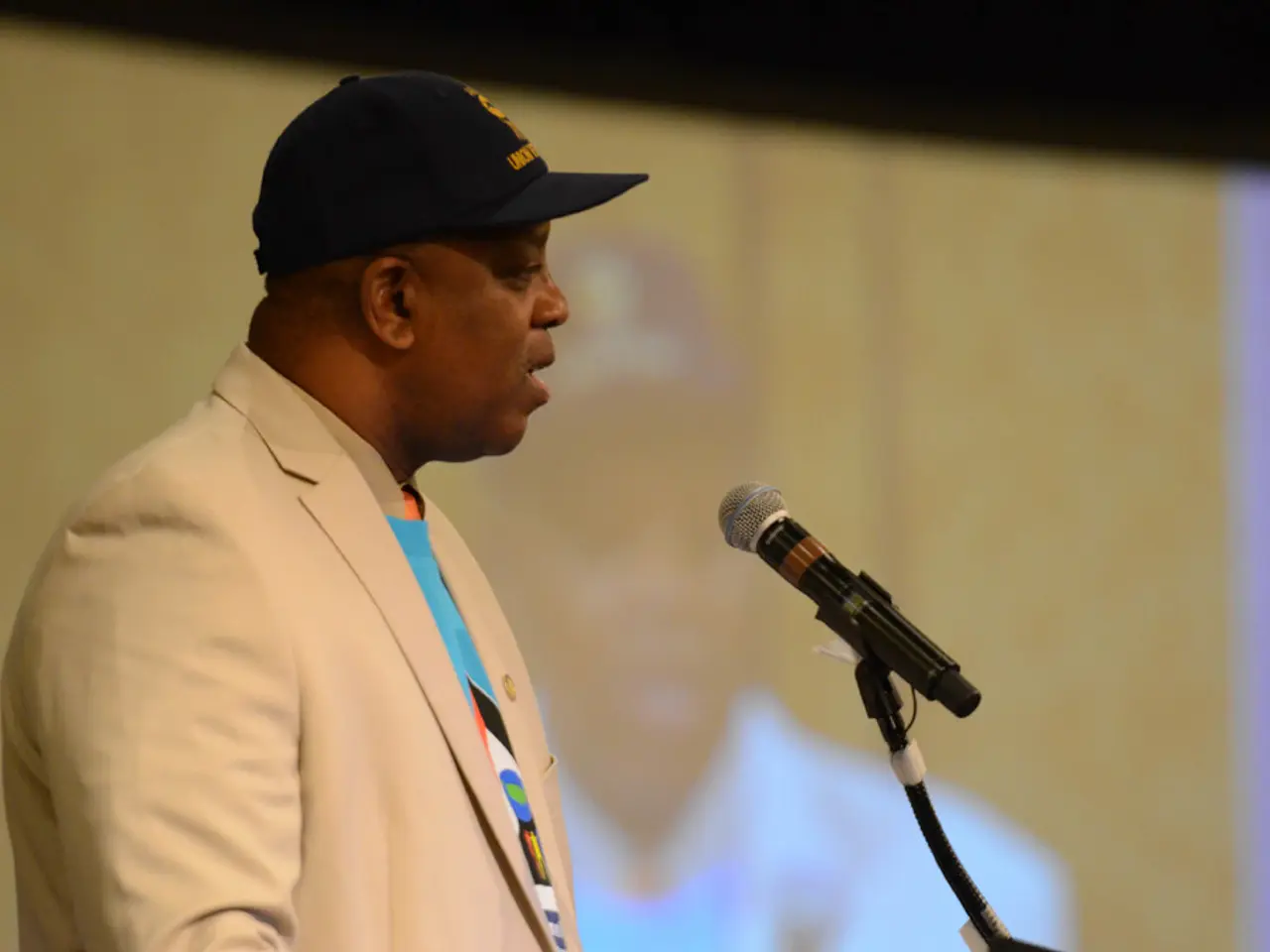Mukerjee's Article: Examining the 'Double Engine' Politics and Its Implication of Potential Discrimination Practices
Shikha Mukerjee, a senior journalist based in Kolkata, delves into the controversial "double engine sarkar" model, a political strategy employed by the BJP. This model aims to create synergy by having the same party govern both at the central and state levels, promising faster development and smoother governance.
The concept divides states into two groups: BJP-led governments and non-BJP-led governments. Notably, Uttar Pradesh has shown significant progress but is not yet near catching up with Tamil Nadu, the best performing state in terms of a combination of state GDP, the maximum number of factories, and GST collection. Interestingly, Tamil Nadu is an Opposition-ruled state.
The BJP's campaign, led by Narendra Modi, promises the "double engine sarkar" as a solution to all issues in states. In July, the Prime Minister unveiled development packages worth Rs 7,200 crore in Bihar and Rs 5,400 crore in West Bengal, and promised more funds if the BJP wins. However, the Member of Parliament from Bihar's Banka, JD(U) leader Giridhari Yadav, criticizes the BJP-led government's performance, stating that Bihar has lagged behind despite 11 years of BJP rule.
The "double engine sarkar" model, while promising rapid decision-making and development, also concentrates responsibility. The BJP-led double-engine government in Delhi faces the inherited burden of long-standing infrastructural and institutional problems. The crucial test lies in whether the double-engine model can effectively address these deep-rooted issues without the checks and balances provided by political opposition.
The model's impact on development is debatable. The BJP promotes the double-engine sarkar as a key reason why states under the party’s rule progress faster, using examples like Goa’s tourism boost attributed to central and state government cooperation. However, critics argue that this model could increase regional disparities since development initiatives may disproportionately favor BJP-ruled states, resulting in potential discrimination in allocations for education, health, employment, and infrastructure.
In the upcoming State Assembly elections due in Assam, West Bengal, Tamil Nadu, and Kerala in 2026, the opposition parties, including the Congress, DMK, Trinamul Congress, and CPI(M), are facing the BJP's divisive campaign. They are urged to collectively formulate a white paper on the "development by discrimination" model to counter the BJP's strategies.
The "double engine sarkar" voter seduction exercise is expected to be unleashed for maximum effect in the next few months. The model's future impact will depend on whether it delivers tangible improvements without exacerbating inter-state inequalities or governance complacency.
[1] India Today [2] The Hindu [3] The Print [4] Business Standard [5] The Indian Express
Politics and general news in India are discussing the impact of the "double engine sarkar" model, a political strategy implemented by the BJP, on development. [1] [2] [3] [4] [5] According to critics, this model could increase regional disparities, as development initiatives may disproportionately favor BJP-ruled states, potentially leading to discrimination in areas like education, health, employment, and infrastructure. Meanwhile, the opposition parties are preparing to counter the BJP's divisive campaign in upcoming State Assembly elections in Assam, West Bengal, Tamil Nadu, and Kerala in 2026, with some proposing a white paper on the alleged "development by discrimination" model.





